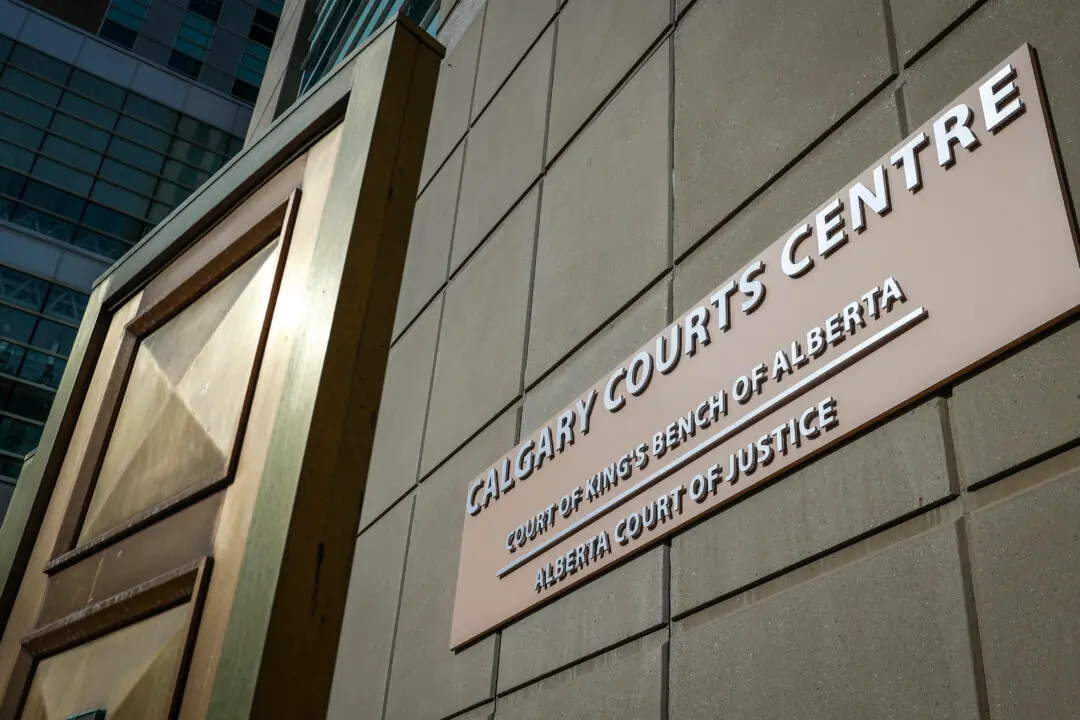The party has no leader at the moment, though five people are vying for the title, and has severely diminished resources following two successive electoral routs, but it finished the evening with its highest seat count since 2018.
Wins by Andrea Hazell in Scarborough-Guildwood and Karen McCrimmon in Kanata-Carleton bring the Liberals to nine seats in the legislature. It’s still not enough for official party status or to put them within striking distance of the Official Opposition NDP, but the party framed the victories as momentum ahead of the 2026 general election.
Scarborough-Guildwood was represented for 10 years by former Liberal cabinet minister Mitzie Hunter until she resigned in May to run in the mayoral byelection. Her successor, Hazell, is a community advocate, small business owner and chair of the Scarborough Business Association.
“The Ontario Liberals are standing up for those who call Scarborough home, for working people, for families, for healthcare, and for education,” she said in a statement.
The Progressive Conservatives ran local councillor Gary Crawford as a candidate, but he finished more than 1,000 votes behind Hazell.
In the Ottawa-area riding of Kanata-Carleton, Karen McCrimmon—the former Liberal MP for the riding — won the seat for the Liberals by 651 votes over Progressive Conservative candidate Sean Webster.
Kanata-Carleton has been without a representative since Merrilee Fullerton abruptly resigned her post as minister of children, community and social services and her seat in March.
Premier Doug Ford made two trips to the riding in the waning days of the campaign and Myer Siemiatycki, political science professor emeritus at Toronto Metropolitan University, said it’s telling that the Tories lost the riding despite the huge push.
“That’s an incumbent-held seat for the party, and to lose that when the premier plus several high-profile cabinet ministers have been doing the rounds in that riding to promote the Conservative candidate...that is really a big setback for Premier Ford and the Conservatives,” he said.
All of the major byelection candidates had said one of voters’ top concerns was affordability, but the Liberal and NDP candidates also said they were hearing about health care at the doors. In Kanata-Carleton in particular, McCrimmon said voters were upset that two rural hospitals in the area had to temporarily close their ERs due to staffing shortages.
There could be many issues that prompted Kanata-Carleton voters to elect a Liberal, from health care to the Greenbelt to concerns over autism therapy funding, Siemiatycki said, but regardless it will likely cause the Tories some concern.
“There may be a larger message in this, if the premier were to take from it that the people of Ontario’s two largest municipalities are not happy with him in his government,” he said.
The NDP placed third in both ridings, but noted that the party’s vote share increased in both races from the last election.
Turnout was low, with 35 percent of eligible voters casting ballots in Kanata-Carleton, and just 22 percent in Scarborough-Guildwood.
Residents of the east Toronto riding just voted last month in a mayoral byelection, which came just eight months after the general municipal elections, and it has been only 13 months since the last provincial general election.
A third provincial byelection will have to be called in Kitchener Centre in the next few months, after NDP representative Laura Mae Lindo resigned this month.





